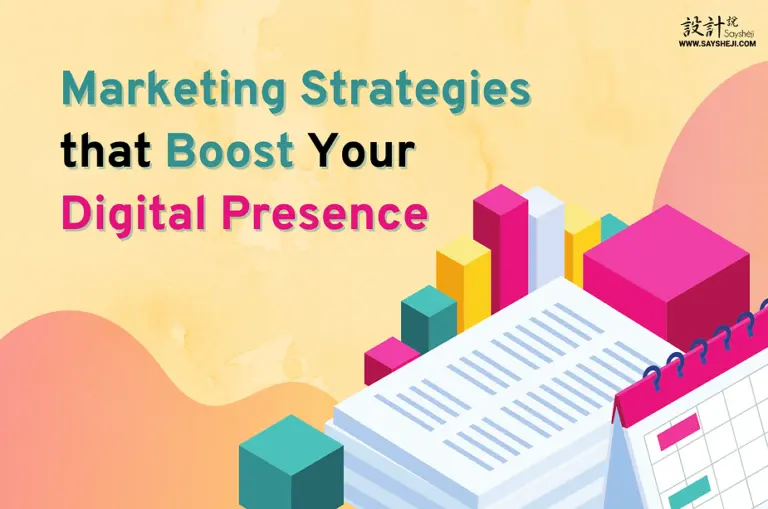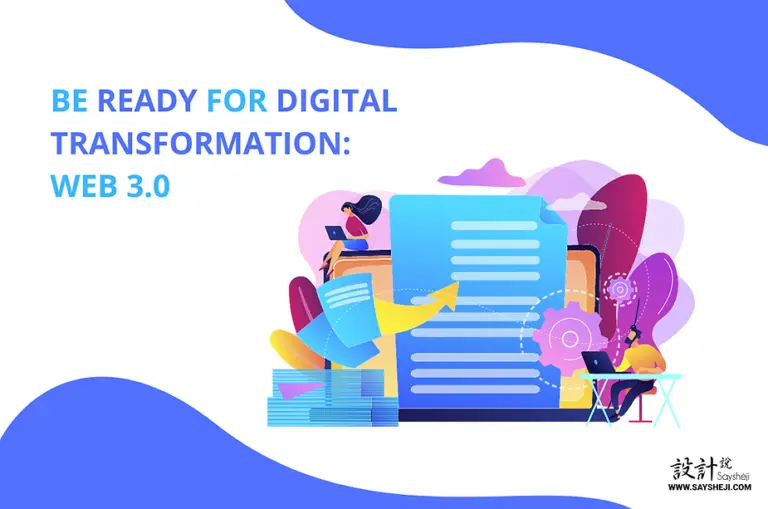A successful content experience needs to know the foundational components of content marketing. Here are the 5 foundational components of content marketing that you need to master before you can elevate and transform from a content marketing to a content experience approach:
Step 1: Content Audit
A content audit helps assess your existing content, such as blog posts, case studies, infographics, videos, podcasts and so on; and segregate them based on the topic rather than content format. With this, you know exactly what you have to and don’t have to serve different prospect segments at each stage of their journey.
Performing a content audit will benefit you in three ways:
-Find gaps in the existing content strategy that need to be filled with new content
-Identify best and worst-performing content and understand what type of content resonates with your audience
-Identifying duplicates in content that need to be rationalized and streamlined
Step 2: Content Creation
Content creation is the process of identifying content topics that your audience looks for, deciding the content formats for optimum consumption, and then producing actual content, all of this based on findings from the content audit.
Content creation includes:
-Keyword research is where you identify keyword phrases that your target audience and customers actively search for. The ideal shortlist of keyword phrases is those with high monthly search volumes and moderate to low competition.
-The ideation step includes coming up with topics based on the keyword phrases. After coming up with topic ideas, identify which format to use for the content. This could be a blog post, infographic, video, podcast or some form of gated content.
-The final step is to produce, edit and upload/ publish the content on the chosen platforms, from the internal content management system to external platforms such as social media.
Step 3: Content Management
The goal of content marketing is to provide unique content to your audience at the most opportune time in their buyer’s journey. But, content management needs to go beyond content storage. In the experience approach, plan to centralize, organize and store content in a way that they are logically and intelligently connected for easy and timely retrieval.
Step 4: Content Distribution, Amplification and Discovery
You can’t just create content and wait for it to be discovered or go viral! You need to be proactive when it comes to increasing the reach of your content. Content amplification or distribution is the process of promoting content through various marketing channels.
You can amplify your content through these media resources:
Owned media: posting the content on all owned platforms including blogs, brand social media handles, brand website, and other owned channels.
Earned media: includes free coverage or sharing of your content by the press or media publications, sharing on social media platforms, PR, and any content contributed to third-party media as a guest byline.
Paid media: promoting the content on external platforms including affiliate sites (pay per click/ PPC), social media ads, influencer marketing, native placements and advertorials, etc.
Content repurposing: make your investments in content creation go further by repurposing a longer format content into several other shorter pieces, which can be used on different platforms and devices. For example, you can take a long article and convert the key takeaways into an infographic. Or longer text interviews can be turned into one-minute videos with key takeaways. You can promote this refreshed content through your own, paid and external media resources as well.
Step 5: Content Performance Analytics
Content analytics allows you to measure the effectiveness of the content experiences you provide. There are different types of metrics that you need to track. Traditional content marketing metrics focus on individual content performance – traffic, search rankings, page views, time on site, downloads and etc. These are typical consumption Metrics. Also progress the measurement to include retention and engagement metrics such as returning visitors, scroll depth, pages per visit, and social media engagement (follows, shares, retweets, forwards and comments).





